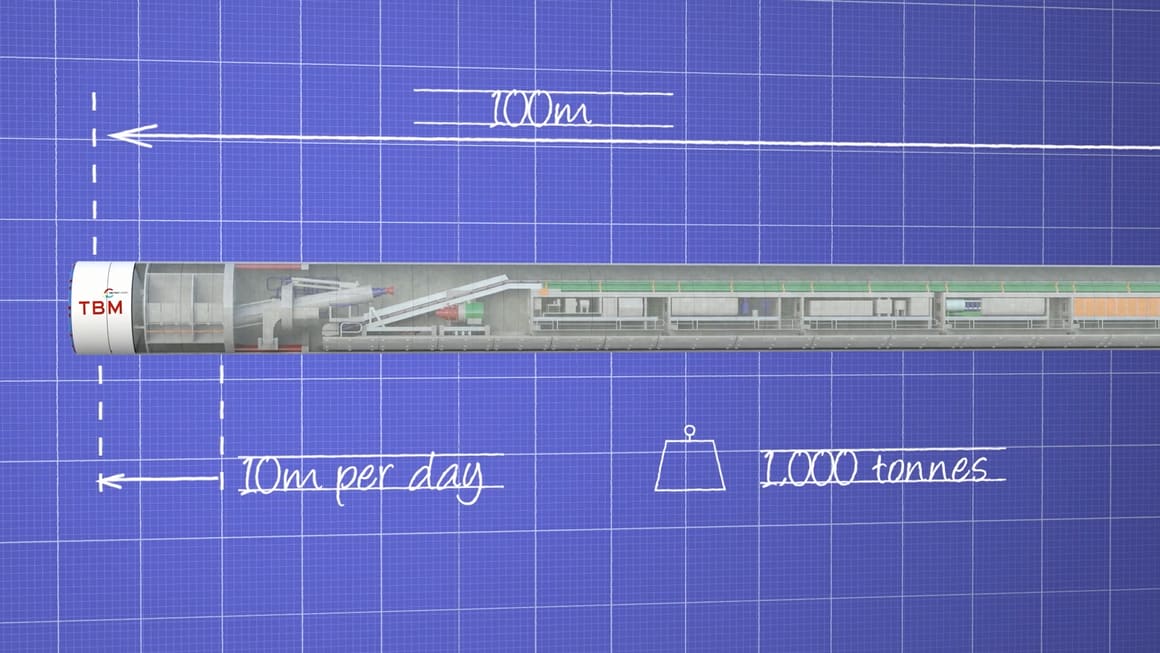Three consortia shortlisted to build largest component of the Melbourne Metro Rail project
Three consortia have been shortlisted and are now in the running to secure the right to build the new Melbourne Metro Rail tunnel and underground stations.
The Premier and Minister for Public Transport Jacinta Allan announced the shortlisted bidders at a media conference on Thursday morning. The three consortia are comprised of the following organisations:
- Continuum Victoria: ACCIONA Infrastructure, Ferrovial Agroman, Honeywell, Downer EDI and Plenary Organisation.
- Cross Yara Partnership: Lendlease Engineering, John Holland, Bouygues Construction and Capella Capital.
- Moving Melbourne Together: Pacific Partnerships, CPB Contractors, Ghella, Salini Impregilo, Serco and Macquarie Capital.
On top of announcing the shortlist, the Premier furthermore announced that the Metro tunnels will be built utilising six 100 metre long, 1,000 tonne, tunnel boring machines.
According to the accompanying media release, three large shafts are to be excavated in the CBD in order to prepare for the launch of the tunnel boring machines and station pits.
Shortlisted bidders for the private-public partnership (PPP) component of the project will be asked to submit formal proposals early next year with the contract expected to be awarded in 2017 and tunnelling commencement due in 2018.
In case you missed it
The Melbourne Metro Authority published an interactive map of the project which provides a high-level overview of the entrance, concourse and platform at each station.
Avid readers might recognise that the walk-through is simply re-using some of the static images that have previously been published.
Alas, it's a start. Here's hoping that once the architectural designs have been set in stone and sent to the planning minister for approval, then the static images are done away with and fully interactive models are published in their place. (It's quite easy to publish models where users can enter first-person mode to explore these days, see here for an example).
